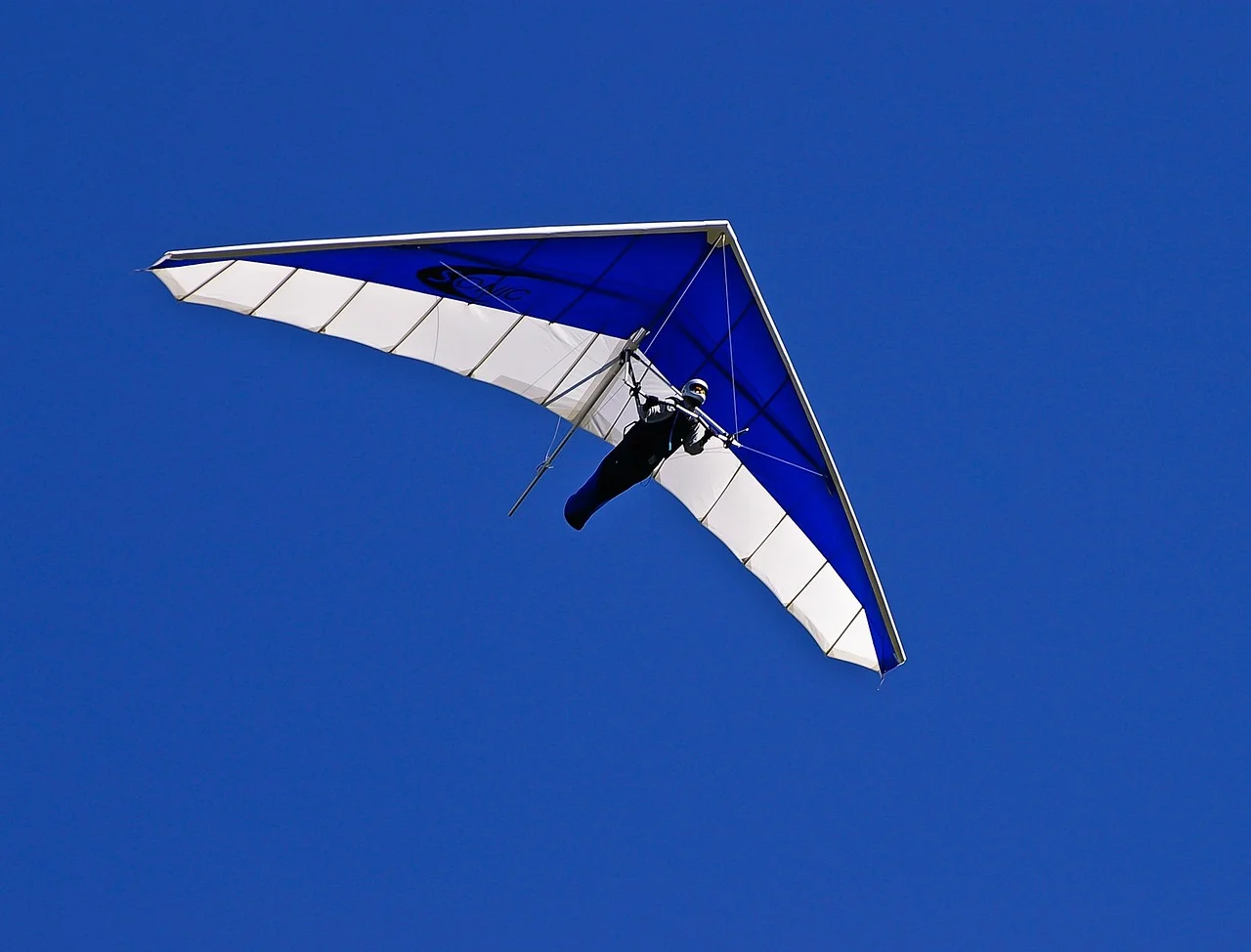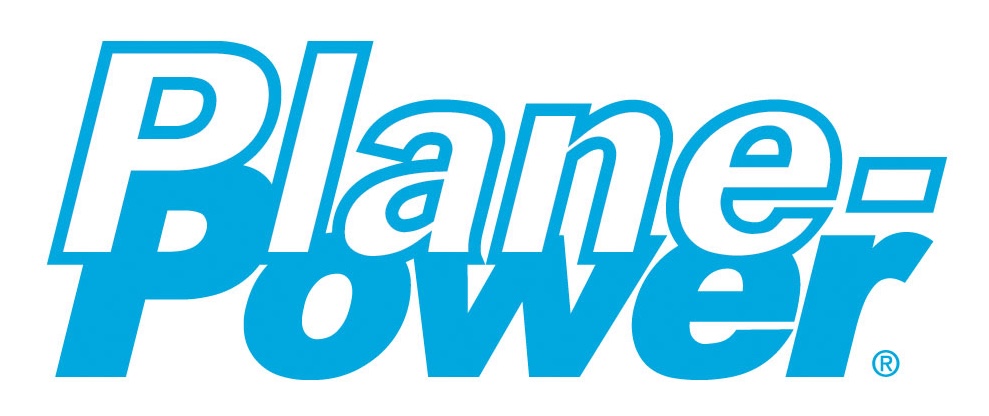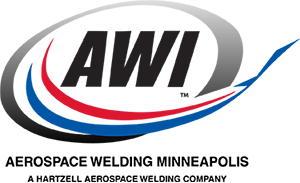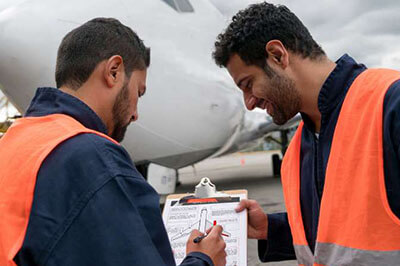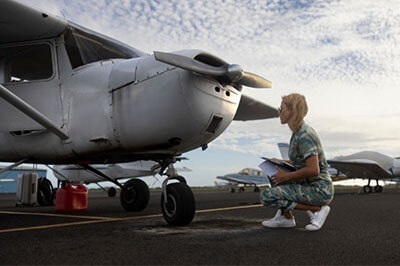Each type of pilot certificate has different eligibility, training, experience, and testing requirements.
This is the first of several articles in a series discussing the various types of pilot certifications. Certificates sometimes have privileges and limitations under 14 CFR part 61 and part 91.
According to the Pilot’s Handbook of Aeronautical Knowledge:
- Privileges—define where and when the pilot may fly, with whom they may fly, the purpose of the flight, and the type of aircraft they are allowed to fly.
- Limitations—the FAA may impose limitations on a pilot certificate if, during training or the practical test, the pilot does not demonstrate all skills necessary to exercise all privileges of a privilege level, category, class, or type rating.
Endorsements are a form of written authorization that show the certificate holder has received training in specific skill areas, such as complex, or high performance. Endorsements are typically issued and signed by a certified flight instructor (CFI) or check airman.
Sport Pilot
A sport pilot certificate is issued to a student pilot in order to fly airplanes, powered parachutes, weight shift control aircraft, gliders, rotorcraft (gyroplanes only), and lighter than air vehicles.
According to the Pilot’s Handbook of Aeronautical Knowledge, for the aircraft listed above, the student pilot must have the following hours, depending on the aircraft:
- Airplane: 20 hours
- Powered Parachute: 12 hours
- Weight-Shift Control (Trikes): 20 hours
- Glider: 10 hours
- Rotorcraft (gyroplane only): 20 hours
- Lighter-Than-Air: 20 hours (airship) or 7 hours (balloon)
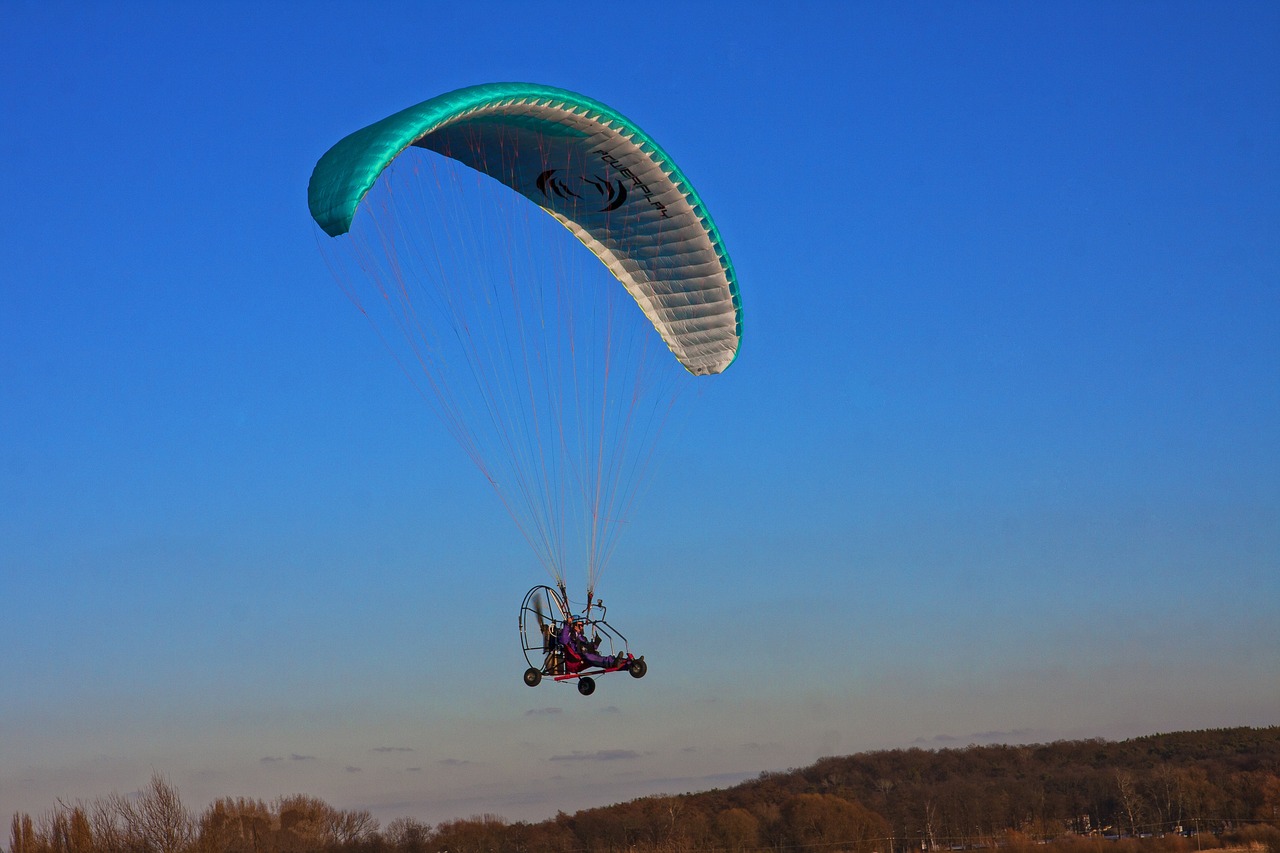
Privileges
A sport pilot can act as pilot in command (PIC) of a light-sport aircraft, is allowed to carry a passenger and share expenses (fuel, oil, airport expenses, and aircraft rental). A sport pilot can fly during the daytime using VFR with a minimum of 3 statute miles of visibility, while maintaining visual contact with the surface.
Limitations
A sport pilot is prohibited from flying in Class A airspace entirely. In order to fly in Class B, C, or D airspace, a sport pilot must receive training and a logbook endorsement from a CFI or CFI-S. Sport pilots are not permitted to fly outside the United States, to tow objects, to fly in furtherance of a business, and are not allowed to carry passengers or property for compensation or hire.
A sport pilot certificate does not list aircraft category or class ratings. Upon successfully passing the practical test, the FAA will issue you a sport pilot certificate. Your CFI or CFI-S will write and sign your logbook for the category and class of aircraft in which you are authorized to act as PIC.
Written by Engine Sales Representative, Joshua Denton
*SHOP ENGINE PARTS HERE!*
Find What You Need at Air Power Inc.!
Questions? Our team is ready to assist you anytime. Your aviation success starts at Air Power!
CONTACT US
SHOP AIRCRAFT PARTS TODAY:
You May Also Like

